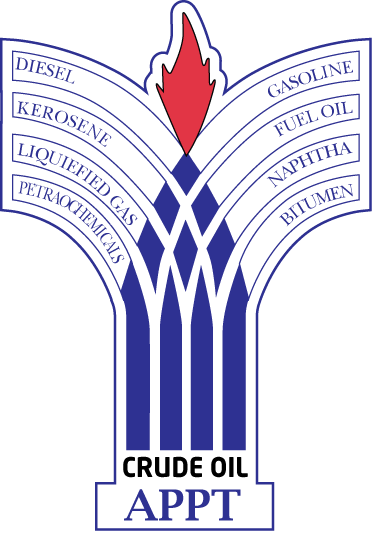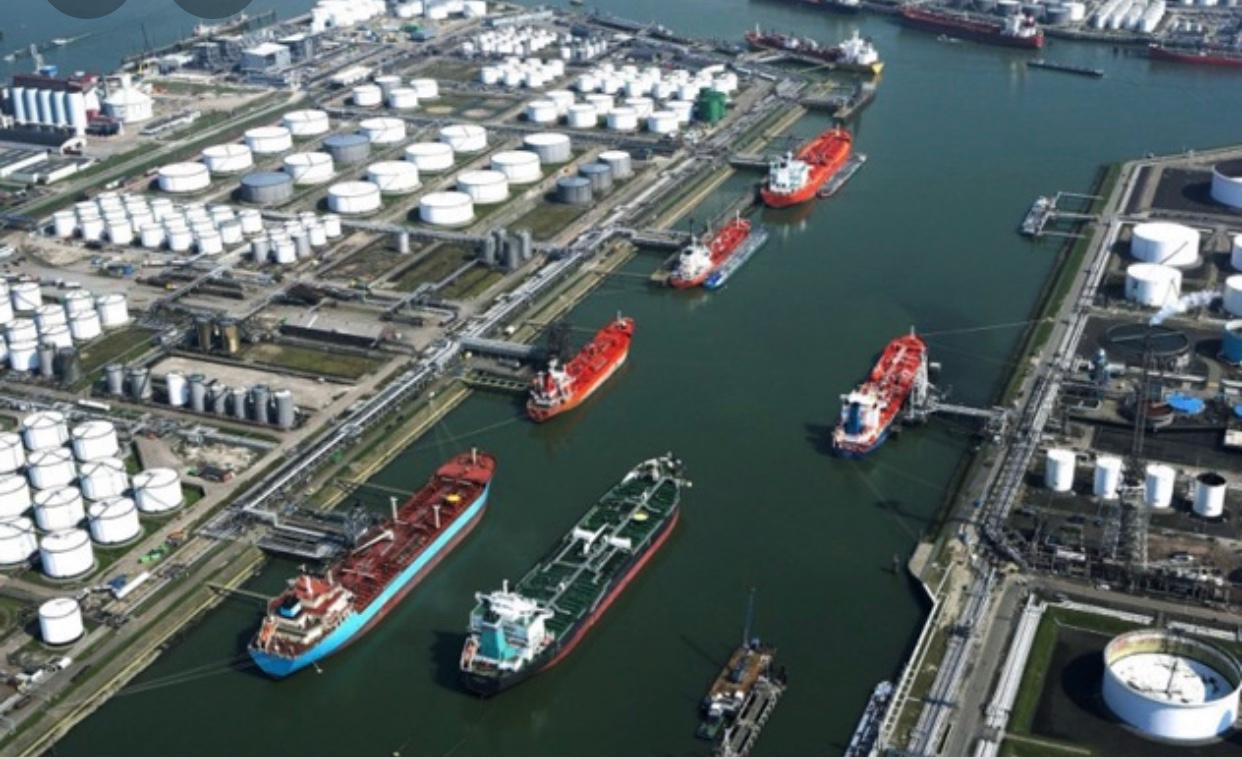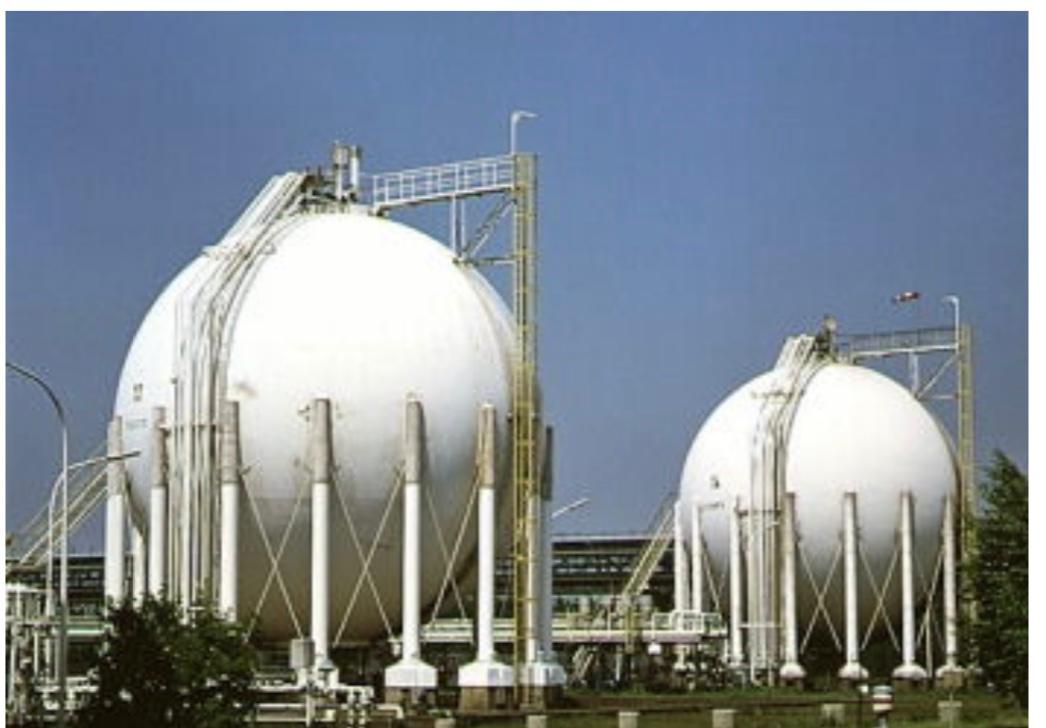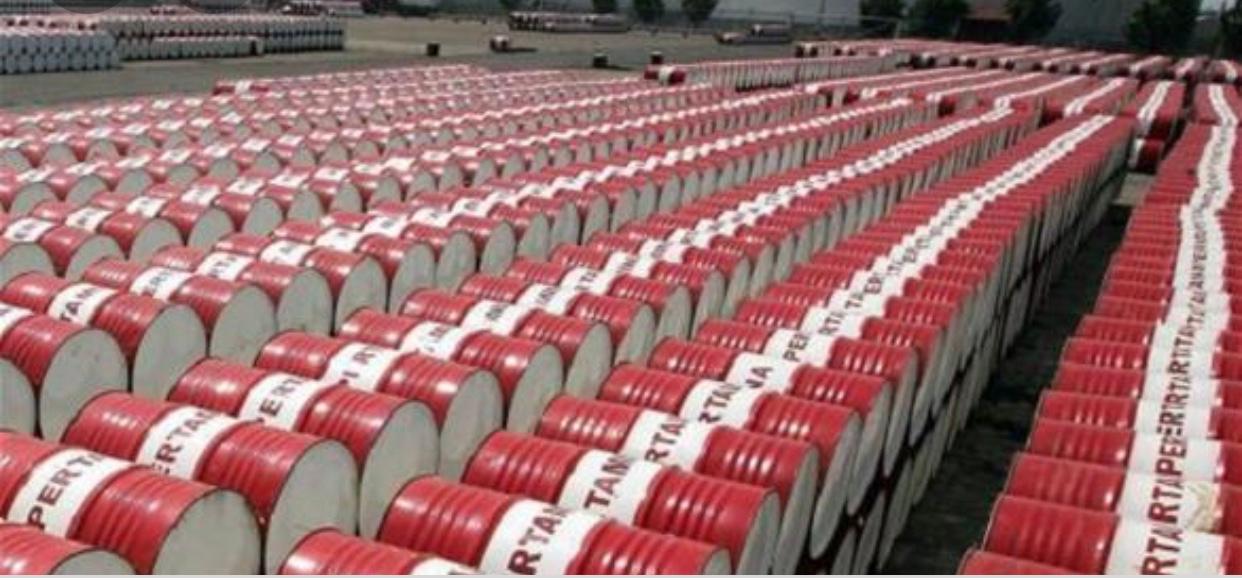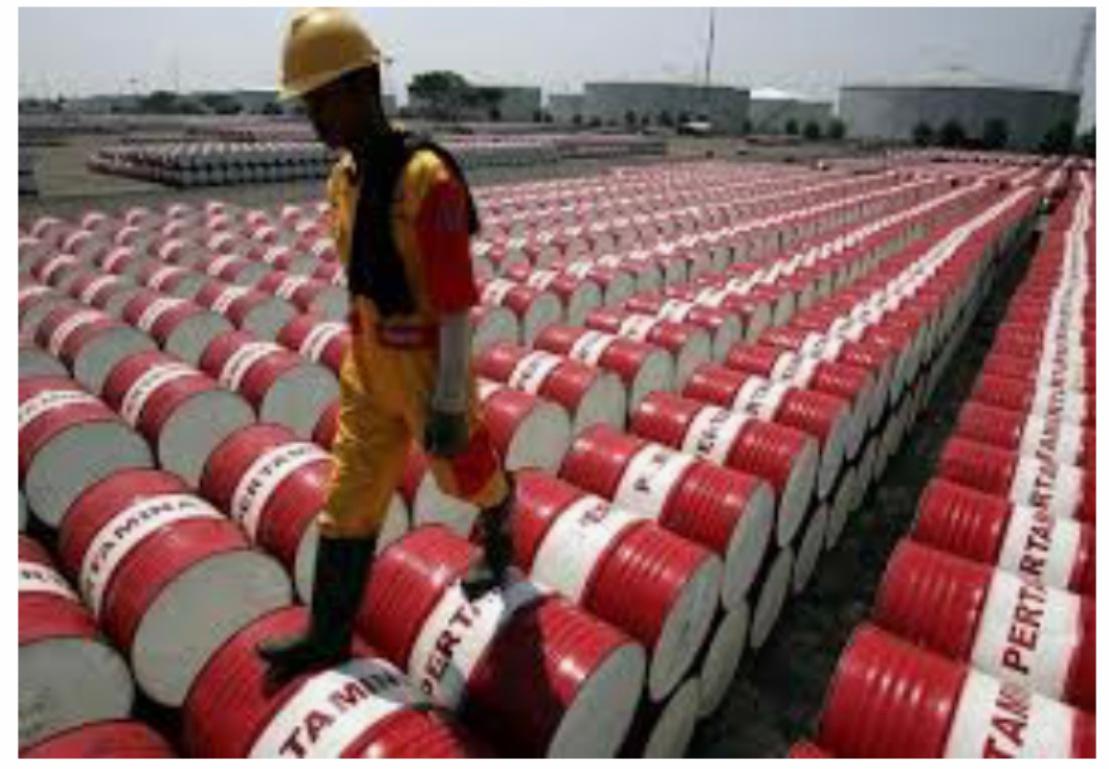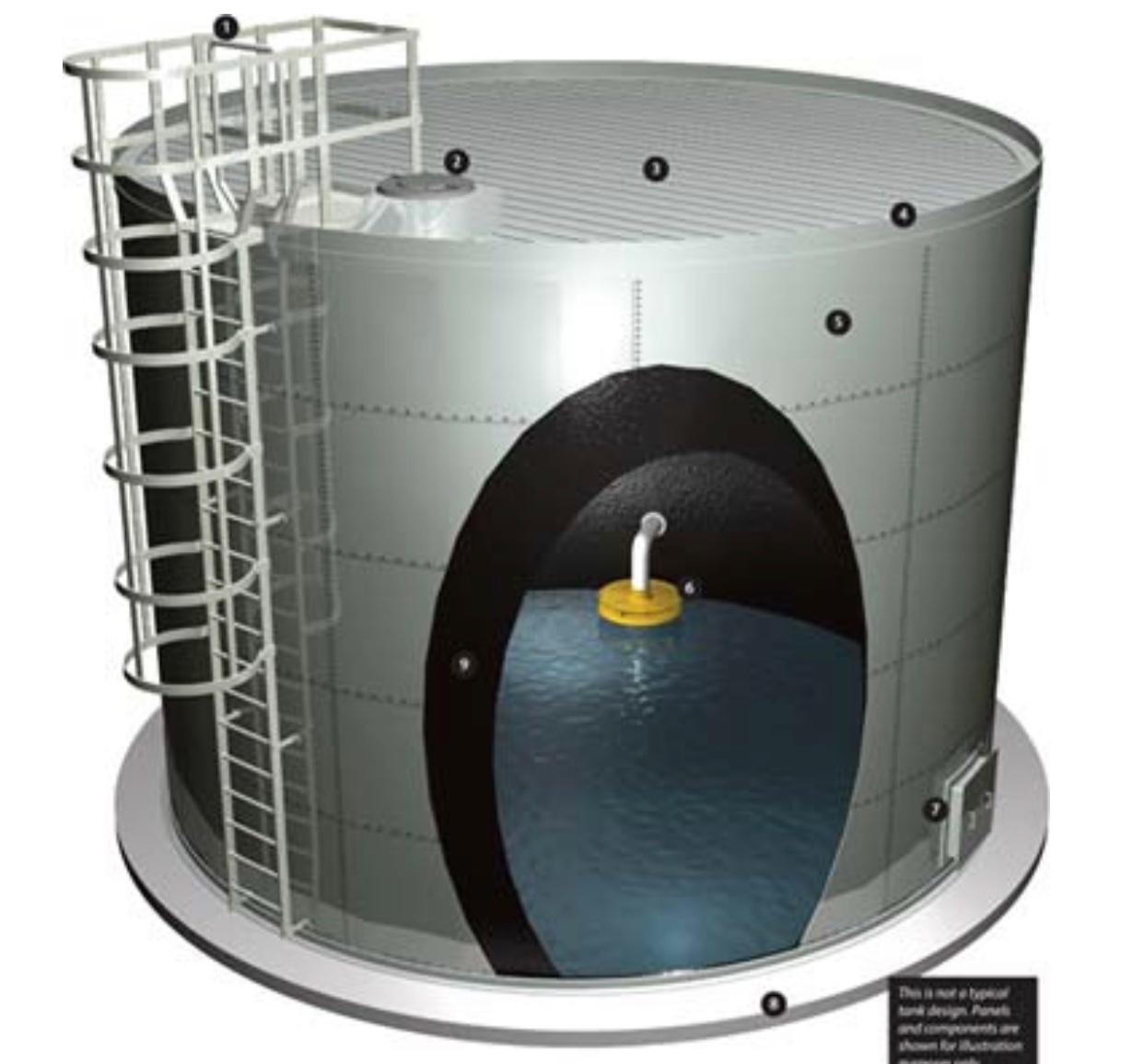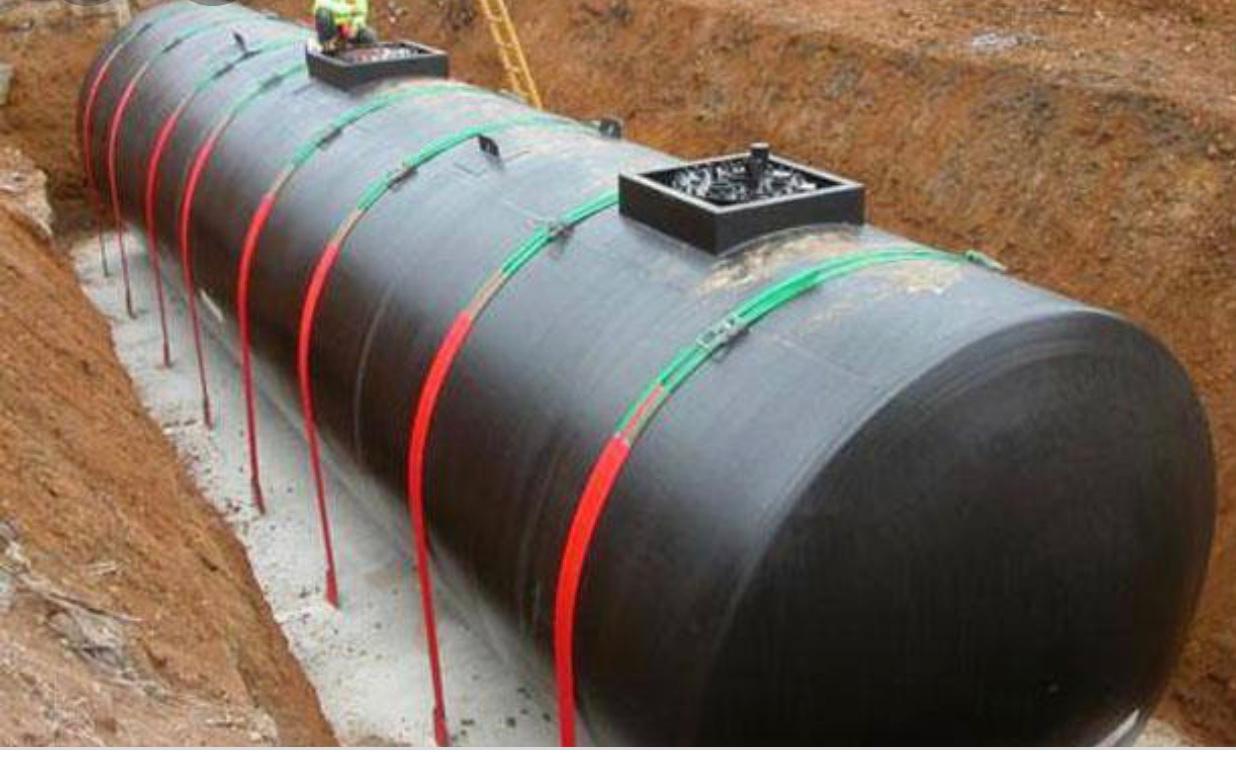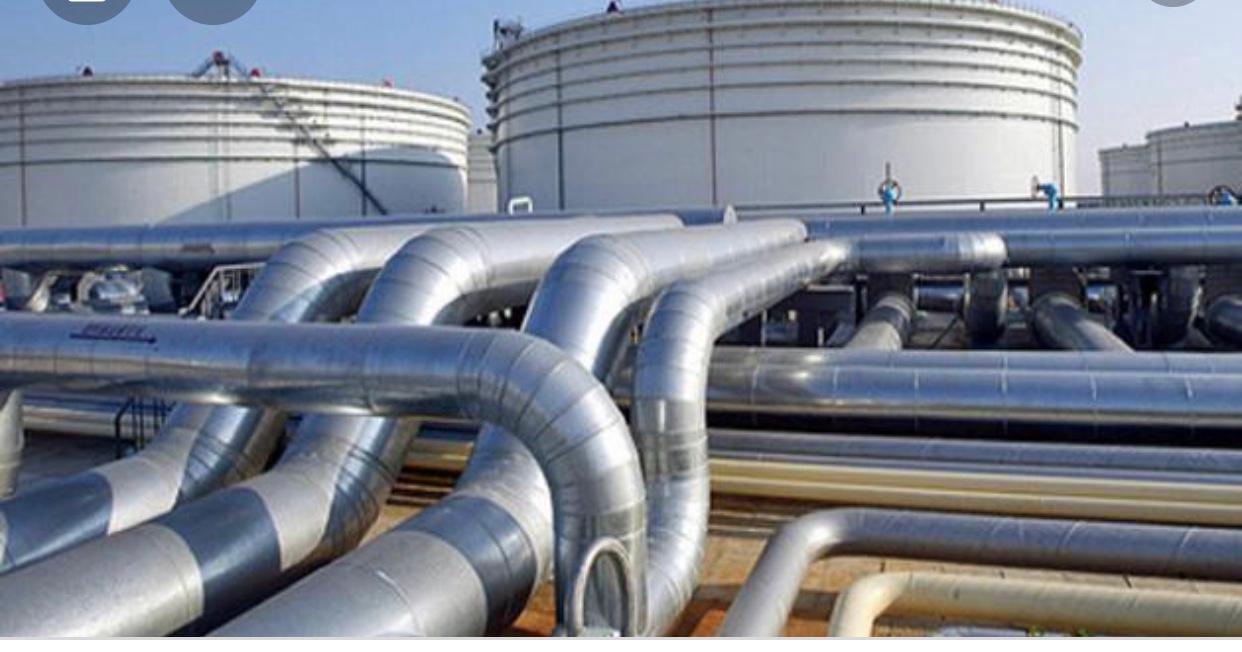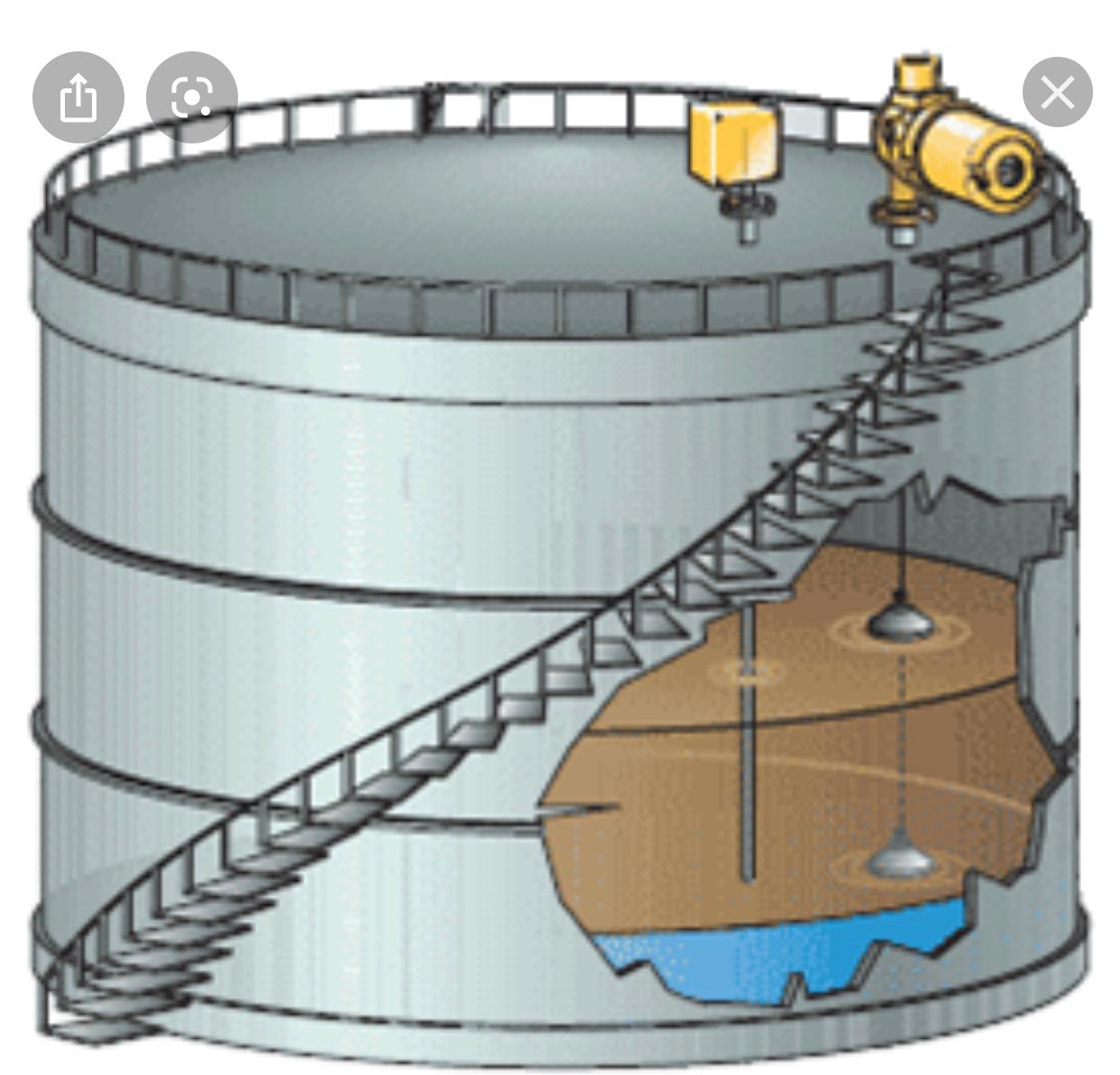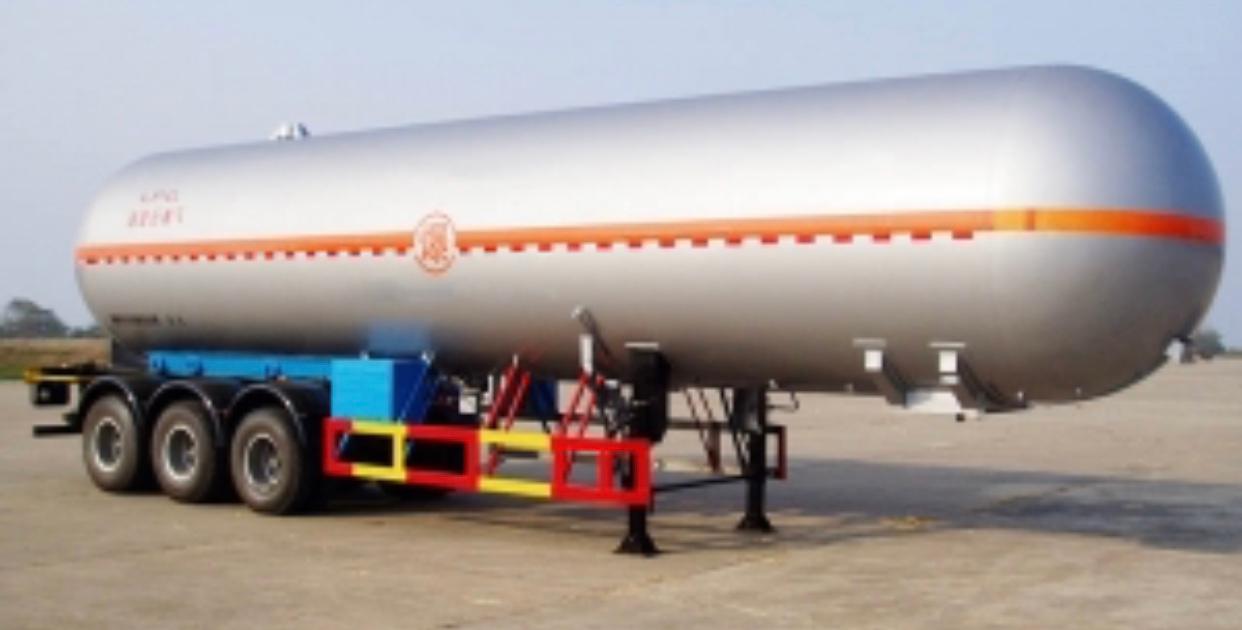PETROLEUM PRODUCTS TRADING CO.I.I.C
STORAGE OF PETROLEUM DERIVATIVES
- Home
- Activities
- STORAGE OF PETROLEUM DERIVATIVES
STORAGE OF PETROLEUM DERIVATIVES
* The expansionof crude oil refining operations and access to oil products continuously created the need for the existence of stores and warehouses to save the basic oil products obtained from refining operations such as diesel - gasoline - black oil - kerosene and others. To meet that need the company built a set of tanks in order to benefit the company and rent other tanks in specific areas according to the commercial map to market the products of the company such as Hamriyah Free Zone - Port of Fujairah in the United Arab Emirates, the port of Misrata in Libya, the port of Aden in the Republic of Yemen and the port of Baku in Azerbaijan, in addition to the floating and ground reservoirs in the port of Mombasa in the Republic of Kenya, which is the center of marketing oil products for African countries.
These treasury energies have had great positive results on the success achieved in the field of providing oil products to our customers on an ongoing basis and control the market and prices and the sustainability of processing our customers with their requests.
Oil reservoirs are usually built near refineries or at locations where tankers can unload its contents. Pipelines, railways, or oil tanker truck headquarters, called tankers, may be linked to the extraction sites which are known as tanks.
The oil depot is a relatively simple facility, as operations do not involve processing (in most cases) or other transfers made through the site. Products arriving at the oil depot are refineries in their final state suitable for delivery to consumers. Sometimes products can be injected with additives into their tanks.
Types of oil tanks:
* Tanks vary by nature depending on the oil product it is used for. For example, diesel tanks are not suitable for fuel oil or gasoline, and so on.
It also varies in terms of manufacturing depending on the type of product to be used to prevent leakage or evaporation that contaminates the non-hazardous environment it poses, such as gasoline, if it is spread in the atmosphere.
-
Ground tanks:Reservoirs of oil derivatives, which are provided in refineries and border export centers and export terminals that are suitable for many products, the most important of which are diesel, fuel oil, kerosene and gasoline. Such as used in gas stations, factories and power plant.
-
Underground tanks: found in medium and small sizes to store quantities from 50,000 liters to 500,000 liters such as gas stations and power stations.
-
Mobile tanks: tanks of small to medium quantities installed on the back of large vehicles, medium, which is towed by large engines, and the quantities do not exceed 75 tons in most cases for safety, road and environmental requirements
-
Floating tanks: are tanks that are often in the form of tanks submersible in water beside the docks in the ports, which is tanks in the form of cubic in various sizes and depths and up to a height of 10 meters. There are also floating tanks in the territorial waters of the countries and are often to store crude oil away from ports and used in countries where (energy) production is greater than the export capacity, hence it resorts to the storage and use of these stations for export as well, and these tanks are vessels with capacity of 2 million tons and above.
* Tanks for liquid oil derivatives are different from gas storage tanks and are subject to very precise and complex requirements. This is because of the danger posed by the gases to the environment and human safety, found in cylindrical circular form that differ in size, manufacture and management of oil derivatives.
